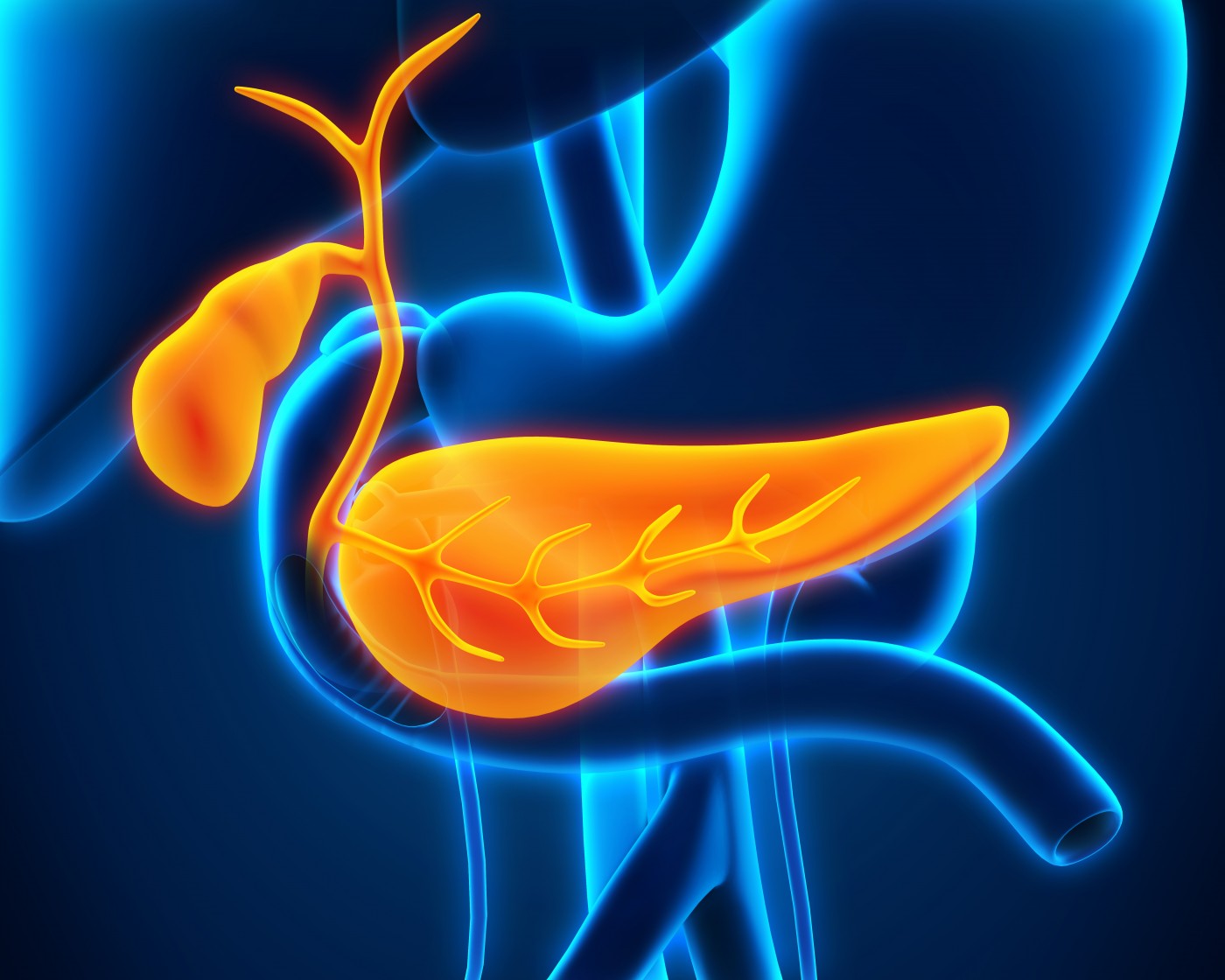 Concurrent chemoradiotherapy (CCRT) may help increase the two-year survival rate of patients with locally advanced pancreatic cancer (LAPC) or metastatic pancreatic cancer (MPC). A team of researchers from Fudan University Shanghai Cancer Center and Shanghai Proton and Heavy Ion Center in China, recently investigated the role of radiotherapy in treating patients with these types of cancers that are associated with poor survival. Their findings were published in Radiation Oncology‘s new article, “Intensity Modulated Radiotherapy for Locally Advanced and Metastatic Pancreatic Cancer: A Mono-Institutional Retrospective Analysis.”
Concurrent chemoradiotherapy (CCRT) may help increase the two-year survival rate of patients with locally advanced pancreatic cancer (LAPC) or metastatic pancreatic cancer (MPC). A team of researchers from Fudan University Shanghai Cancer Center and Shanghai Proton and Heavy Ion Center in China, recently investigated the role of radiotherapy in treating patients with these types of cancers that are associated with poor survival. Their findings were published in Radiation Oncology‘s new article, “Intensity Modulated Radiotherapy for Locally Advanced and Metastatic Pancreatic Cancer: A Mono-Institutional Retrospective Analysis.”
As indicated, the study was conducted only in one center, but over 60 patients were chosen for retrospective analysis. More than half had abdominal or back pain at the initial diagnosis of LAPC or MPC. Patients were split nearly equally, with 31 LAPC diagnoses and 32 MPC diagnoses. The researchers were able to compare CCRT to radiotherapy alone because although all patients were strongly recommended to receive CCRT, 36 patients refused the treatment and were instead treated with radiotherapy only.
The only form of radiation delivered was intensity modulated radiation therapy (IMRT). In contrast, chemotherapy regimens were varied. The majority of CCRT-treated patients (19) were treated with gemcitabine every four weeks, and the remainder were treated with either capecitabine twice daily for five days or S1 twice daily for two weeks, every three weeks.
Pain relief and patient overall survival were of primary interest to the researchers. Pain was evaluated using the visual analogue scale, and overall survival was estimated using Kaplan-Meier methods. Additionally, vital parameters obtained during follow-up evaluations were used for comparing the two patient groups.
[adrotate group=”1″]
During follow-up evaluations, patients who originally had abdominal or back pain reported pain relief, regardless of treatment group–only four continued to report moderate pain. Visual analogue scale scores fell from 5.9 (moderate) to 2.1 (mild). No deaths resulted from treatment, but radiotherapy was terminated in three patients before the end of the study. After the last follow-up in 2013, 15 patients were still alive. Median overall survival analysis indicated that CCRT was superior to radiotherapy alone by improving overall survival in LAPC and MPC patients.
An additional feature of the study included an analysis of prognostic predictors for LAPC and MPC outcome. Tumor location in the pancreas body/tail and a CA19-9 level less than 1000 U/mL were positive prognostic indicators of overall survival. “Our study indicated that CCRT could be recommended to LAPC, and also MPC patients suffering from abdominal and/or back pain,” concluded the authors.


